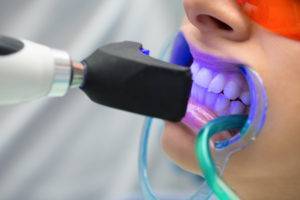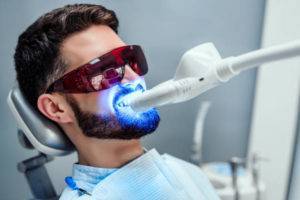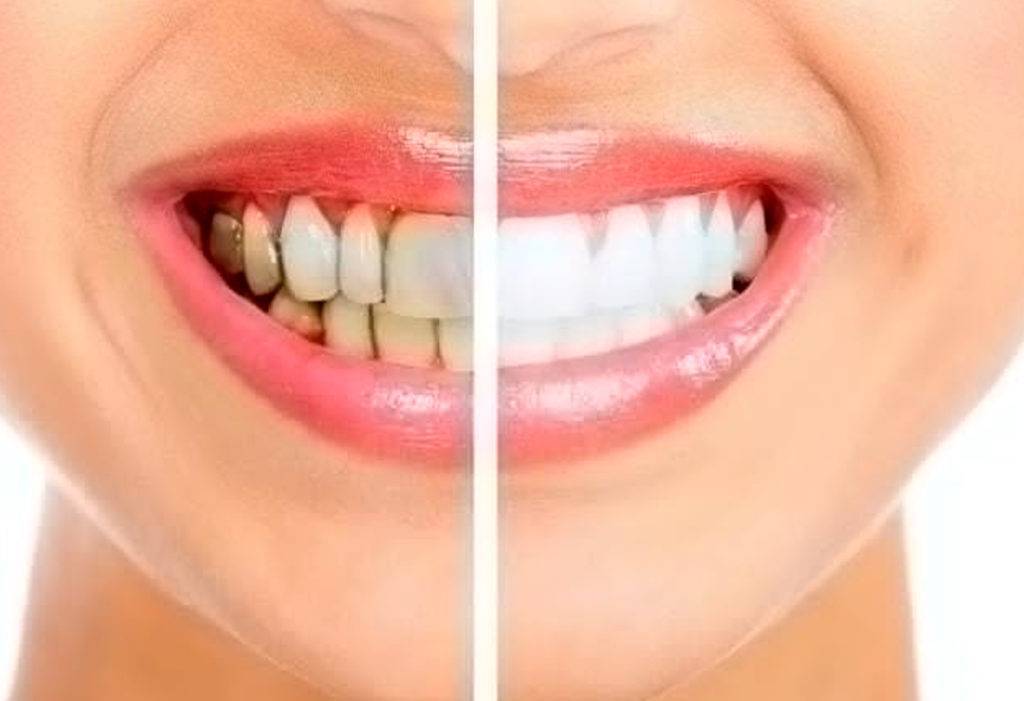All you need to know about teeth bleaching

The outer surface of our teeth is covered by a layer of enamel, which is a white and semi transparent element. The internal dentin layer is darker and relatively less transparent.
The color of our teeth is different for each person. It is because the thickness and reflectance of the layer and translucency in enamel and dentin are different for each person.
Due to various reasons, our teeth get stained, and to get the beauty of the smile back, we have to get the help of a cosmetic dentist.
Using a tooth whitening procedure, we get the shine back. As Teeth bleaching cost is reducing every passing day, the procedure is becoming more popular.
Why do teeth get stained?

People of various ages get affected by tooth staining. It can occur in primary and secondary teeth both. There are two types of stains: Intrinsic and Extrinsic.
- Intrinsic: When the internal tooth structure gets penetrated by a discoloring agent, it is called intrinsic staining. Such stains cannot be removed by prophylaxis or tooth cleaning. A few of these stains can be removed by bleaching.
- Extrinsic: When the external surface (enamel) gets stained, then the staining can be easily removed by prophylaxis or tooth cleaning. Minor staining gets vanished by instant teeth whitening
Causes of staining
The causes of extrinsic and intrinsic staining are different.
Extrinsic stains
- Tartar
- Plaque
- Bacteria
- Smoking
- Consumption of tobacco
- Consumption of Betel nut (supari)
- Extensive use of Mouthwashes, e.g. chlorhexidine,
- Extensive use of Beverages (tea, coffee, red wine, cola)
- Dietary precipitate
- The side-effect of Antibiotics (erythromycin, amoxicillin)
- Iron supplements
Intrinsic stains
Disease:
- Haematological diseases
- Liver diseases
- Diseases of enamel and dentin
Medication:
- Tetracycline stains
- Other antibiotics use
- Trauma
- Primary and secondary decay
- Dental restorative materials
- Ageing
- Chemicals
- Fluorosis
The process of teeth bleaching
As mentioned in the blog, teeth whitening is a process that will make the teeth appear whiter. Bleaching and non-bleaching whitening procedures are available nowadays.
Though people use the term “bleaching” and “whitening” interchangeably. However, experts say that if the whitening process is carried out using products that contain bleach is called bleaching. If the cleaning element does not contain bleaching powder, then it is called Whitening.
Bleaching products contain peroxide, either hydrogen peroxide or carbamide peroxide can remove surface stains as well as deep stains. The teeth will become lighter and come back to their natural shade.
What is there in a bleaching product that makes your teeth white?
Hydrogen peroxide is the actual bleaching agent. Even products that contain Carbamide Peroxide also break down into Hydrogen Peroxide.
There is a difference between a bleaching product used by the dentist and a product bought over the counter. Doctors use products that contain almost 35 to 45 percent peroxide, whereas over-the-counter products contain a maximum of 10 percent peroxide.
The other ingredients such as sodium hydroxide, Carbopol, and flavoring agents are almost similar.
Therefore, their results are different.
Clean teeth price is dropping with every passing year. Hence, more people are undergoing the procedure.
Whitening procedure performed by a dentist
When you want instant teeth whitening, the better way is to meet a cosmetic dentist for that.
Why? It is because he is the expert. Once he examines the teeth, based on his knowledge and experience, he can come up with the most suitable whitening option for you. Also, he will supervise the entire treatment procedure to avoid any complications.
The procedure takes around an hour, and it is carried out at the clinic. A whitening gel is applied to the teeth. It contains around 25 to 40 percent hydrogen peroxide. Then, a special heating lamp is aimed at the teeth for three sessions of 20 minutes with a five-minute interval. The gel is applied again during the interval.
Some experts use Laser to enhance the effect. It accelerates the whitening process. A protective barrier is applied so that other parts of the mouth remain isolated from the effects of the chemicals. Doctors give a whitening tray molded according to your teeth so that you can follow up the procedure at home.
As far as Teeth bleaching cost is concerned, you need to talk to the cleaning specialist.





